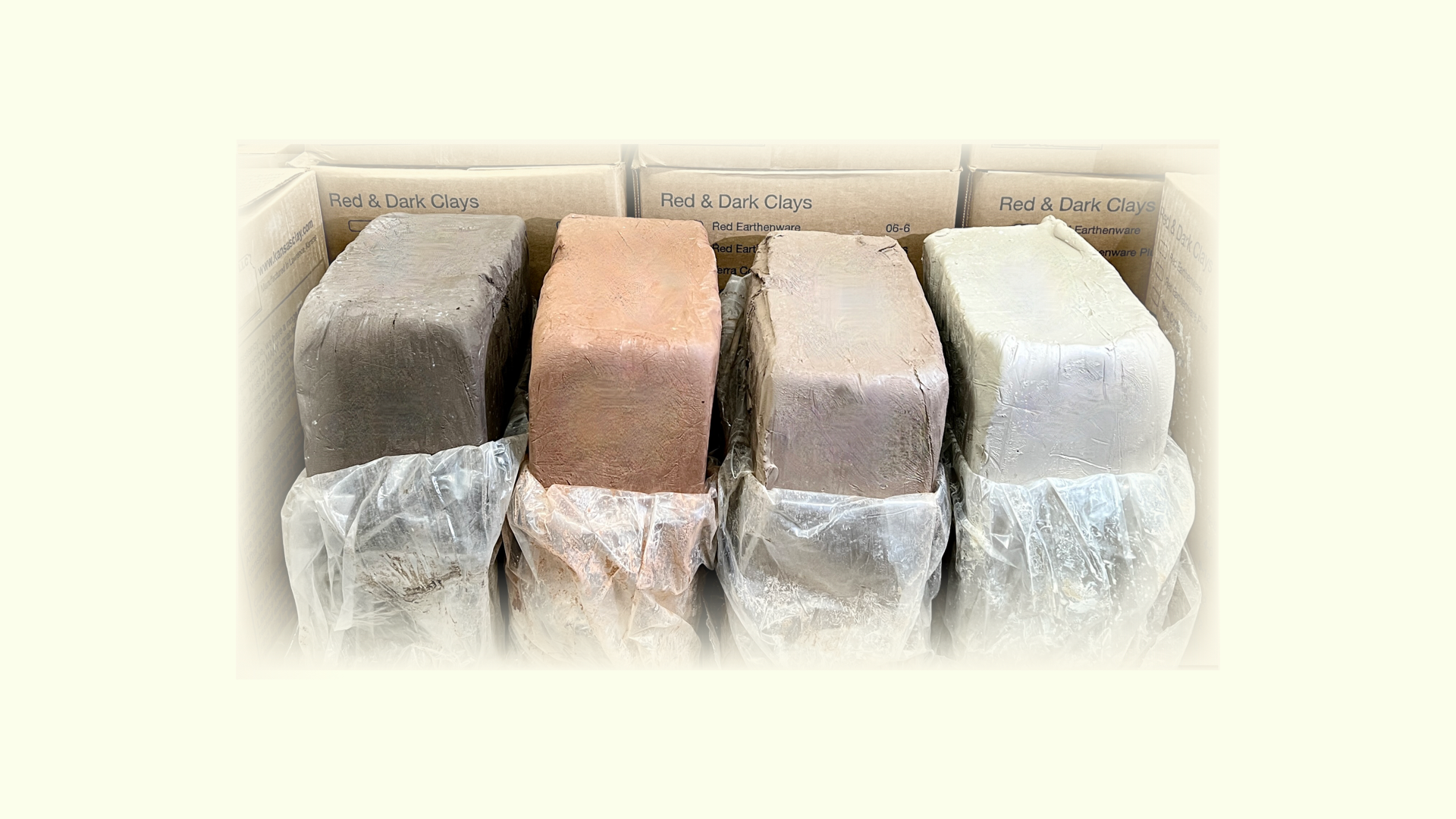Amaryllis - Mayco SW Crystals 192
Regular price
$17.00
Sale price
$17.00
Regular price
Choose your option
Aurora Green - Mayco SW Crystals 146
Regular price
$17.00
Sale price
$17.00
Regular price
Choose your option
Black Timber Pint - Mayco SW Crystals 220
Regular price
$17.00
Sale price
$17.00
Regular price
$17.00
Choose your option
Blue Hydrangea - Mayco SW Crystals 170
Regular price
$17.00
Sale price
$17.00
Regular price
Choose your option
Blue Splatterware - Mayco SW Crystals 152
Regular price
$17.00
Sale price
$17.00
Regular price
Choose your option
Celadon Bloom - Mayco SW Crystals 150
Regular price
$17.00
Sale price
$17.00
Regular price
Choose your option
Cenote - Mayco SW Crystals 189
Regular price
$17.00
Sale price
$17.00
Regular price
Choose your option
Cinnabar Pint - Mayco SW Crystals 119
Regular price
$17.00
Sale price
$17.00
Regular price
Choose your option
Desert Dusk - Mayco SW Crystals 180
Regular price
$17.00
Sale price
$17.00
Regular price
Choose your option
Enchanted Forest - Mayco SW Crystals 171
Regular price
$17.00
Sale price
$17.00
Regular price
Choose your option
Galaxy - Mayco SW Crystals 156
Regular price
$17.00
Sale price
$17.00
Regular price
Choose your option
Green Jasper Pint - Mayco SW Crystals 222
Regular price
$17.00
Sale price
$17.00
Regular price
$17.00
Choose your option
Honeycomb - Mayco SW Crystals 117
Regular price
$17.00
Sale price
$17.00
Regular price
Choose your option
Indigo Rain - Mayco SW Crystals 153
Regular price
$17.00
Sale price
$17.00
Regular price
Choose your option
Lime Shower - Mayco SW Crystals 148
Regular price
$17.00
Sale price
$17.00
Regular price
Choose your option
Micro Ash - Mayco SW Crystals 218
Regular price
$15.25
Sale price
$15.25
Regular price
Choose your option
Micro Cerulean - Mayco SW Crystals 217
Regular price
$15.25
Sale price
$15.25
Regular price
Choose your option
Micro Champagne - Mayco SW Crystals 215
Regular price
$15.25
Sale price
$15.25
Regular price
Choose your option
Micro Jade - Mayco SW Crystals 216
Regular price
$15.25
Sale price
$15.25
Regular price
Choose your option
Micro Pearl - Mayco SW Crystals 214
Regular price
$15.25
Sale price
$15.25
Regular price















































